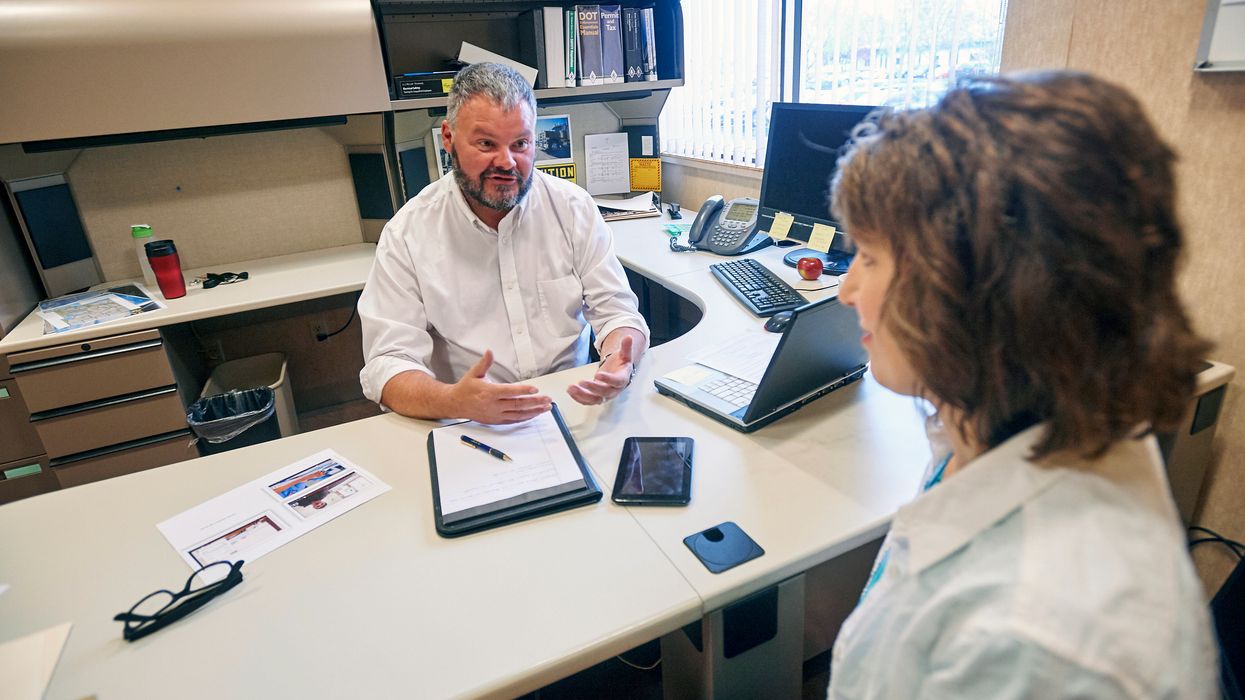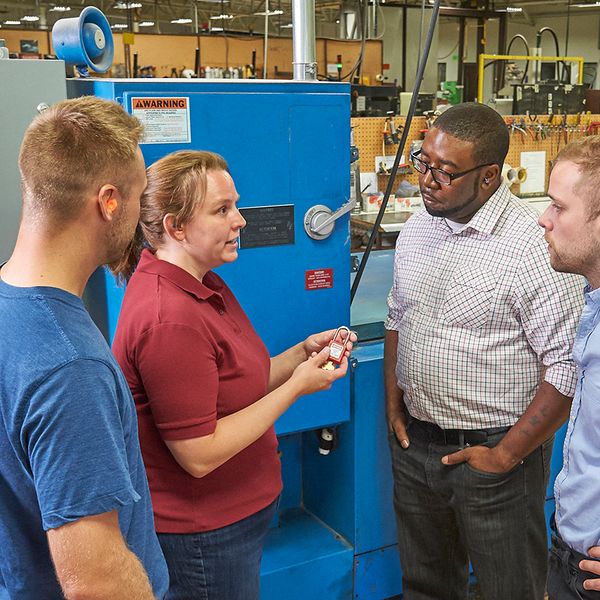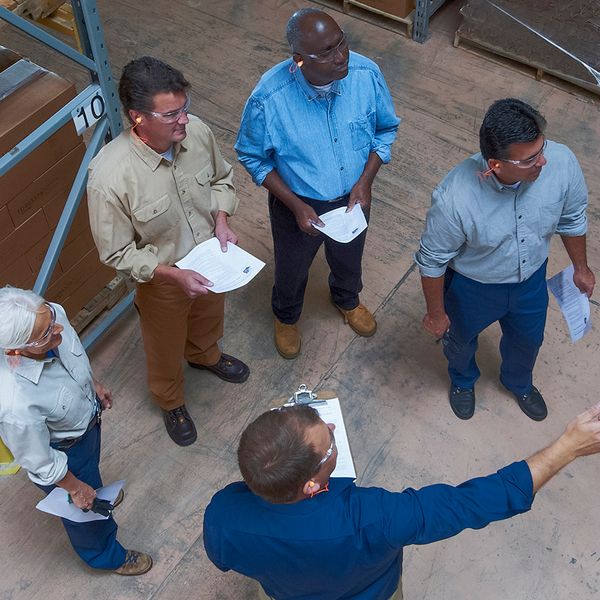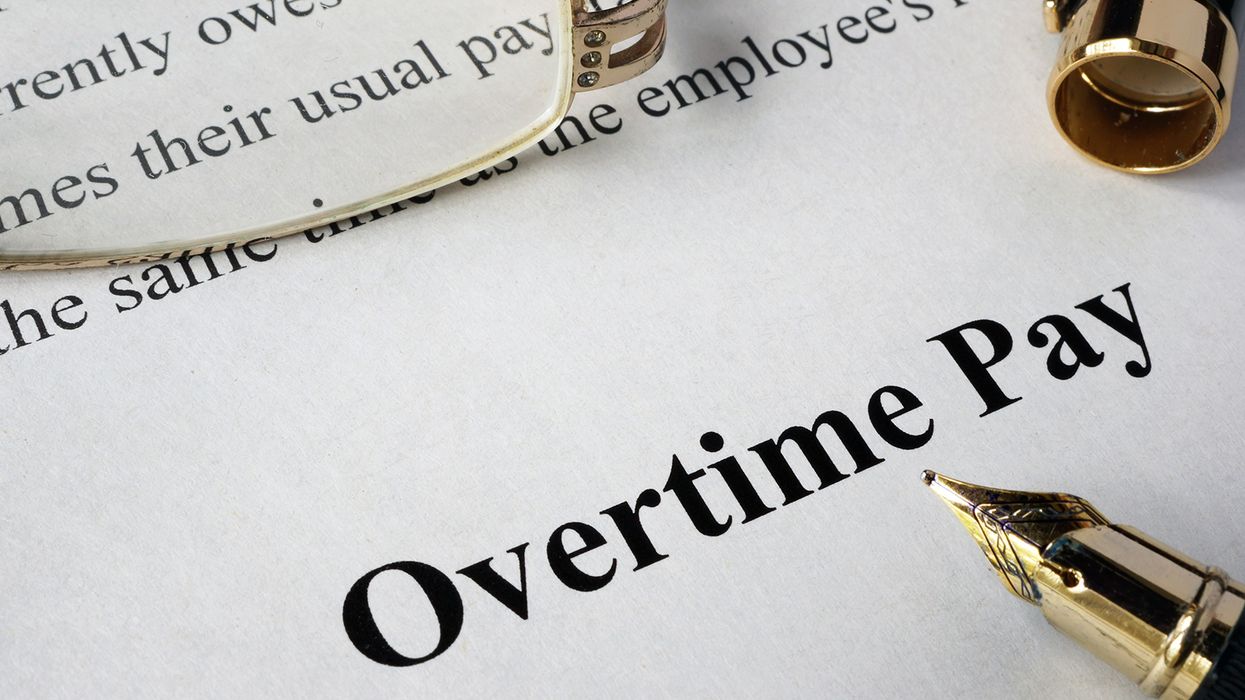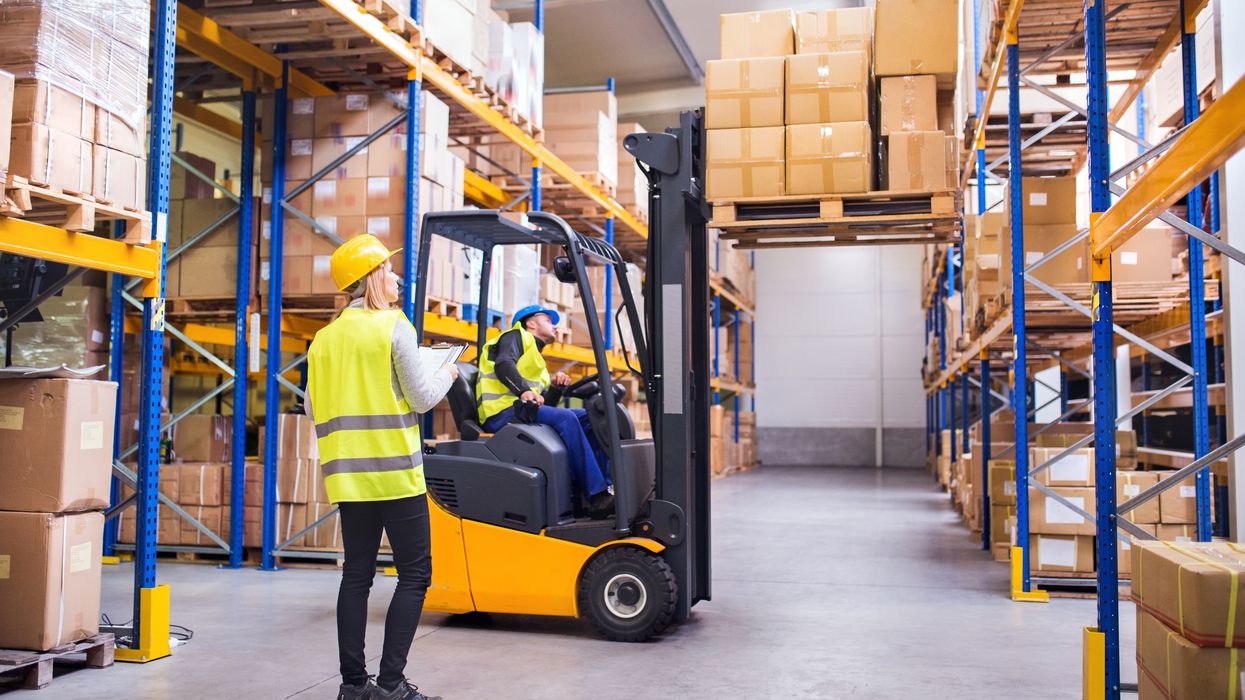Temporary worker injury prevention starts before the work begins
In 2020, a comparative analysis of over 1.3 million workers compensation (WC) claims from the state of Ohio during the years of 2001 to 2013 revealed that temporary workers had a higher rate of injury and were also younger and less tenured compared to injured permanent workers. These findings provide insight to the need for improving injury prevention among temporary workers before they are hired, which is a shared responsibility between the host employer and the staffing agency.
The OSHA 1904 standard requires the collection of specific injury and illness information, which helps employers, workers and OSHA evaluate the safety of a workplace, understand industry hazards, and implement worker protections to reduce and eliminate hazards – preventing future workplace injuries and illnesses. While the extent of responsibility of each employment entity depends on the specific facts of each case, host employers and staffing agencies are jointly responsible for maintaining a safe work environment for temporary workers. As seen by the results of the 12-year Ohio WC analysis, the question remains, “Are staffing agencies sending their workers (Are host employers accepting temporary workers) into unsafe environments without doing their due-diligence?”
Whether temporary or permanent, all workers have the right to a safe and healthy workplace. By following recommended best practices, both staffing agencies and host employers can better protect temporary workers before a contract is signed. This mutual cooperation and collaboration should begin by performing a joint risk assessment of the host employer’s worksite.
By requesting a site visit, and conducting a walk-through, the staffing agency can see the host employer’s safety program in action. This is also a good time to review the following:
- Job descriptions,
- Job hazard analyses,
- OSHA 300 Log information (with injured workers’ names redacted),
- Safety data sheets, and
- Safety policies and procedures.
During the walk-through, the staffing agency representative should observe equipment and/or machinery, cleanliness of the worksite, as well as the demeanor of the employees. Also, take this time to identify specific training needs, along with personal protective equipment necessary for each worker.
The host employer can also take this time to ensure the staffing agency has a commitment to health and safety. The host employer should ensure there is a process in place to evaluate if temporary workers are fit for the job and tasks they will perform. The host employer can also ask to review the staffing agencies’ safety policies and procedures, including what training is provided prior to placing workers on an assignment.
Information collected during the site-visit and walk-through can be leveraged when writing the contract between the host employer and staffing agency. Both employers are responsible to some degree for determining the conditions of employment and OSHA compliance. Before signing a contract, both employers should evaluate all facets of safety and health related to each organization and the jobs the staffing agency is being asked to fill.
Key to remember: While both the host employer and the staffing agency have separate responsibilities when it comes to their employees, they both must work together to protect temporary workers from injuries.

